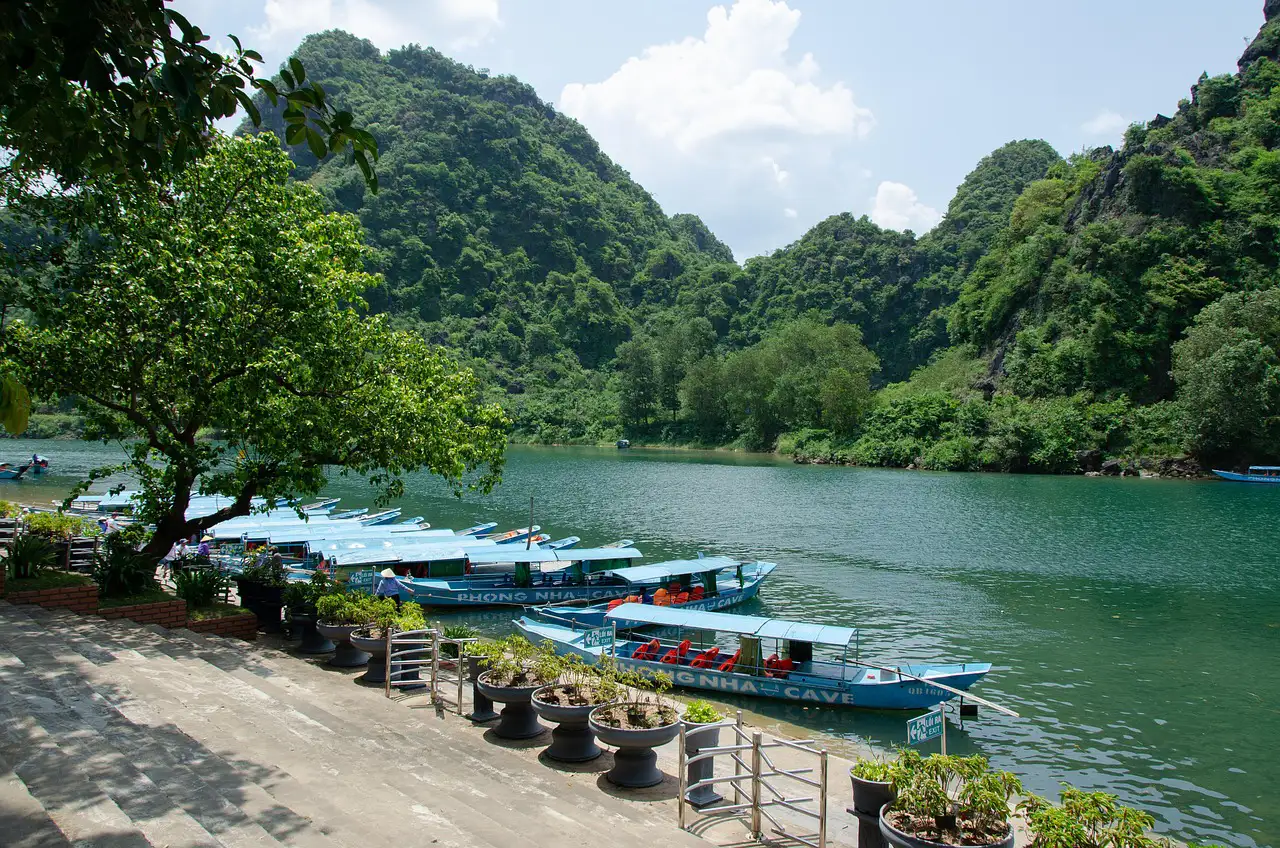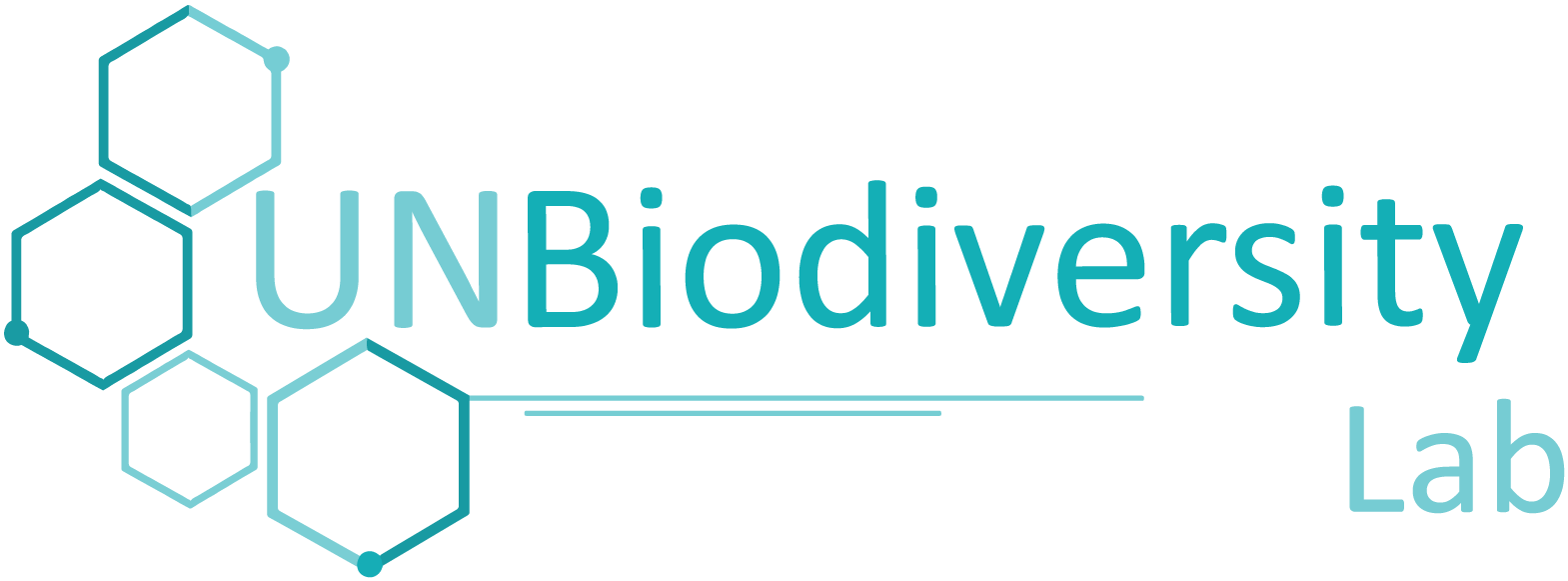Mapping Essential Life Support Areas (ELSAs)
What is it?
Over the last six years, UNBL has supported countries around the world in participatory spatial planning to identify where nature-based actions can safeguard Essential Life Support Areas (ELSAs) to contribute to national priorities for biodiversity, climate, and human well-being. Building on this science-based spatial prioritization framework, as well as the cloud-based functionalities of the UNBL platform, the ELSA Integrated Spatial Planning Tool is now available for all countries on UNBL.
This customizable application of the ELSA framework empowers nations to conduct biodiversity-inclusive spatial analysis that may guide biodiversity, climate, and sustainable development commitments. The free, open-source, cloud-hosted tool leverages the existing functionalities and data of UNBL to offer planners and stakeholders a science-based method to identify national priority areas where protection, restoration, sustainable management, and urban greening can deliver the best outcomes across Global Biodiversity Framework targets and indicators – without requiring GIS or spatial planning expertise.
How can I access it?
To use the ELSA Integrated Spatial Planning Tool for your country, request a workspace on UN Biodiversity Lab using our form and indicate that you would like access to the ELSA tool. Feel free to reach out to us at support@unbiodiversitylab.org for further questions.
We offer a variety of at-cost support to develop customized spatial analyses for your national targets and needs, incorporate national data into the analysis, and facilitate stakeholder engagement. Our goal is to support participatory spatial planning for national needs related to the Global Biodiversity Framework and related commitments around biodiversity, climate, and sustainable development. To inquire further about these services, please contact support@unbiodiversitylab.org.
Impact stories

Maps of Hope
Maps of Hope helps guide countries in identifying and prioritizing areas where protecting, restoring, and managing ecosystems can simultaneously advance biodiversity conservation, climate action, and sustainable development.

Restoring Hope
Restoring Hope supports countries in identifying and prioritizing areas for ecosystem restoration, helping to address ecosystem degradation, climate change, and desertification while delivering lasting environmental and social benefits.

Prioritizing Nature
Prioritizing Nature works with Colombia, Ecuador, and Peru to apply spatial data to identify and prioritize areas for conservation, helping the countries meet the target to safeguard 30% of land and waters by 2030.
Additional resources

Learn about the science, policy applications, and relevancy of this tool to your country in our overview brief.

Access our ELSA Tool manual.
About the ELSA team
Learn more about the team behind our work to map Essential Life Support Areas.
